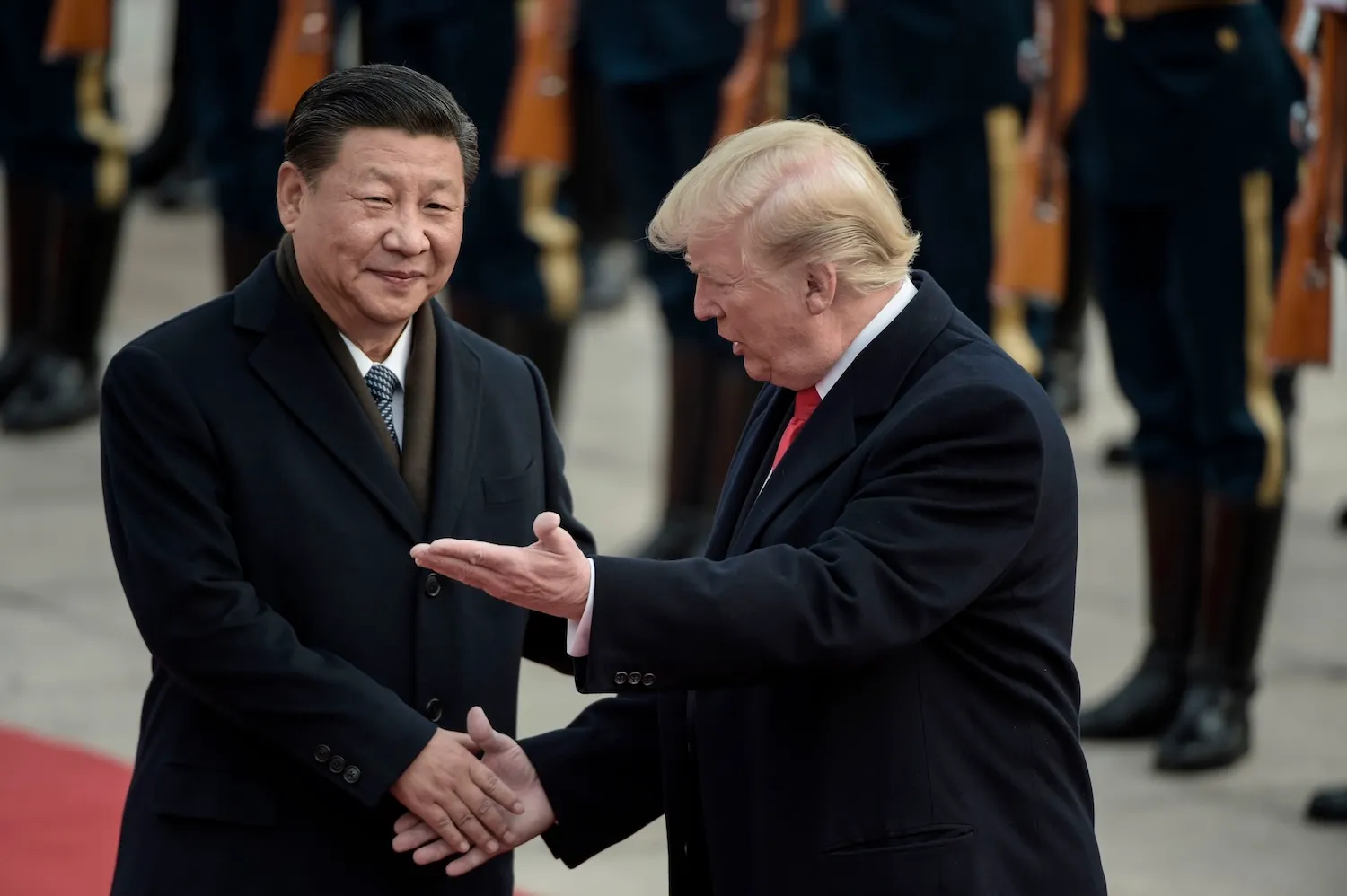On April 8, 2025, the U.S. took a bold step in its ongoing trade war with China, imposing an extraordinary 104% tariff on all Chinese imports. This move which was announced by White House Press Secretary Karoline Leavitt, escalates the pressure on Beijing after U.S. President Donald Trump added a 50% tariff on top of an existing 34% tariff increase.
The cumulative tariff hike is part of Trump’s broader “reciprocal tariffs” strategy, reportedly designed to punish China for its retaliatory tariffs on U.S. goods.
China’s Response to U.S. Tariff Hike
China has reacted strongly, denouncing the U.S. action as “blackmail” and vowing to “fight it to the end.” Chinese Premier Li Qiang, speaking with European Commission President Ursula Von der Leyen, stated that China is fully prepared to offset any negative external shocks.
He criticized the U.S. for its protectionist stance and emphasized China’s commitment to defending international trade norms. Li also reiterated that China’s macroeconomic policies for 2025 have accounted for such trade challenges, with an emphasis on sustaining economic growth despite rising tariffs.
“Protectionism leads nowhere – openness and cooperation are the right path for all,” Li told Von der Leyen, as per a Bloomberg report.
Impact on U.S. Retailers like Shein, Temu
The tariff hike, particularly on shipments under $800, is expected to heavily impact popular Chinese online retailers such as Shein and Temu. These platforms have benefited from the U.S.’s “de minimis” exemption, which allowed for low-cost goods to be shipped without additional tariffs.
However, with the loophole now closed, the tariffs on these shipments will increase dramatically—up to 90% of the product’s value or a flat $75 per item, rising to $150 after June 2025, as per Axios.
Retailers like Shein and Temu, which have made their mark on the U.S. market by offering ultra-low-priced goods, now face significant challenges. The closure of the tariff loophole could lead to higher prices for American consumers, potentially slowing down their growth in the U.S. market.
Critics argue that this could be damaging for U.S. businesses that have struggled to compete with the cheap imports from these platforms, citing the example of Forever 21, which has recently blamed the rise of Shein and Temu for its financial difficulties.
A Rising Trade War?
The trade standoff between the U.S. and China has now entered a high-risk phase, with both sides refusing to compromise. The White House has further escalated its stance by targeting goods valued under $800, shifting the burden onto e-commerce giants and altering the dynamics of the global retail market. With China poised to retaliate, this tariff hike is likely to deepen the divide between the two largest economies in the world, affecting not just trade relations but also global supply chains and consumer prices.
The ongoing tensions are expected to disrupt businesses and consumers alike, with many questioning the long-term implications for international trade rules and market stability.






